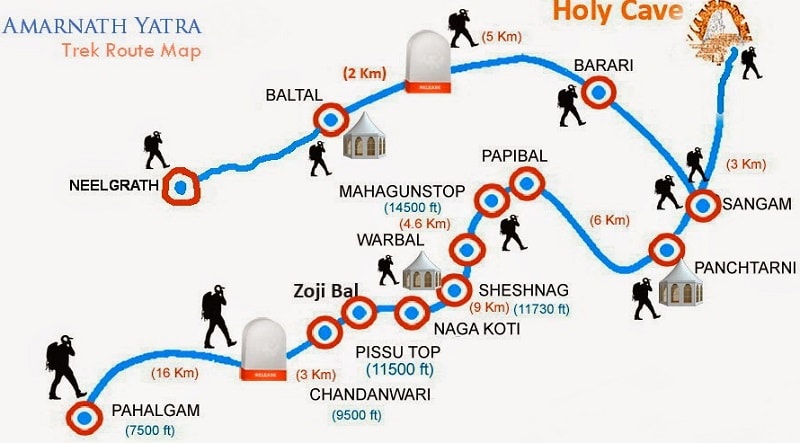Amarnath Cave
Amarnath Cave holds immense religious significance and is a sacred pilgrimage site located in the northernmost state of India, Jammu and Kashmir. It is located at an altitude of around 3,888 meters in the Himalayas, this ancient cave attracts thousands of devotees every year, who embark on a challenging journey to seek blessings from Lord Shiva.
1. Introduction to Amarnath Cave
Amarnath Cave, also known as the Holy Amarnath Shrine, is a naturally formed ice cave located in the Himalayas. The cave is believed to be more than 5,000 years old and holds great importance in Hindu mythology. It is considered one of the holiest sites in Hinduism and is revered as the dwelling place of Lord Shiva.
2. Significance of Amarnath Cave
The Amarnath Cave holds immense significance for devout Hindus. It is believed that inside the cave, an ice stalagmite naturally forms in the shape of Lord Shiva’s lingam, symbolizing his presence. This ice lingam waxes and wanes with the phases of the moon, reaching its maximum size during the Hindu month of Shravan (July-August), which coincides with the annual Amarnath Yatra.
3. Historical Background
- The Legend of Amarnath Cave: According to Hindu mythology, it is said that Lord Shiva chose this cave to reveal the secrets of immortality and eternity to his wife, Goddess Parvati. He left behind all his possessions on the way to the cave, including his snake, which is believed to have turned into the famous Lake Sheshnag near the cave. Lord Shiva performed a celestial dance (Tandav) here, and the Amarnath Cave became his abode.
- Historical References: Historical records also mention the existence of the Amarnath Cave. The cave finds mention in the ancient texts of Mahabharata and is believed to have been visited by various saints and sages throughout history.


